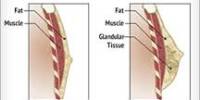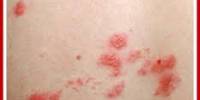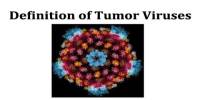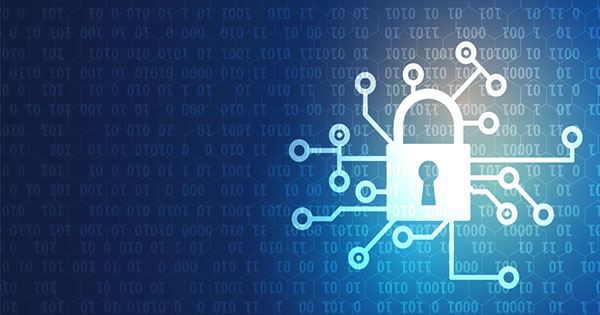Prosopagnosia
Definition: Prosopagnosia, which is also known as ‘face blindness’ refers to a severe deficit in recognizing familiar people from their face. The term originally referred to a condition following acute brain damage (acquired prosopagnosia), but a congenital or developmental form of the disorder also exists. The term prosopagnosia comes from the Greek words for “face” and “lack of knowledge.”
Prosopagnosia is not related to memory dysfunction, memory loss, impaired vision, or learning disabilities. Prosopagnosia is thought to be the result of abnormalities, damage, or impairment in the right fusiform gyrus, a fold in the brain that appears to coordinate the neural systems that control facial perception and memory. It can result from stroke, traumatic brain injury, or certain neurodegenerative diseases. In some cases, it is a congenital disorder, present at birth in the absence of any brain damage.
There are two types of prosopagnosia: acquired and congenital (developmental). Acquired prosopagnosia results from occipitotemporal lobe damage and is most often found in adults. This is further subdivided into apperceptive and associative prosopagnosia. In congenital prosopagnosia, the individual never adequately develops the ability to recognize faces.
Prosopagnosia was first discovered through people with brain injury – one man studied survived a spike through the head. He recovered mostly but was left unable to recognize his wife and family. Oliver Sacks wrote about him as “the man who thought his wife was a hatstand”.
Causes of Prosopagnosia:
Prosopagnosia can be caused by lesions in various parts of the inferior occipital areas (occipital face area), fusiform gyrus (fusiform face area), and the anterior temporal cortex. Positron emission tomography (PET) and fMRI scans have shown that in individuals without prosopagnosia, these areas are activated specifically in response to face stimuli. The inferior occipital areas are mainly involved in the early stages of face perception and the anterior temporal structures integrate specific information about the face, voice, and name of a familiar person.
Until recently, it was thought that very few people experience prosopagnosia. The condition has traditionally been studied in individuals who acquire the disorder following neurological damage (typically from stroke or head injury), and a handful of case studies were reported in the literature in the 20th century. However, it has recently become clear that many more people have prosopagnosia without experiencing neurological damage. This form of the disorder is commonly referred to as “developmental” or “congenital” prosopagnosia, and these people simply fail to develop normal face processing abilities despite normal intellectual and perceptual functions.
Children with prosopagnosia may also have difficulties following the plots of television shows and movies, as they have trouble recognizing the different characters. They tend to gravitate towards cartoons, where the characters always wear the same thing and have other easily recognized distinguishing features. Prosopagnosiac children may also have a hard time telling family members apart, or recognizing people out of context (e.g., the teacher in a grocery store).
Additionally, children with prosopagnosia can have a difficult time at school, as many school professionals are not well versed in prosopagnosia if they are aware of the disorder at all.
Diagnosis and Treatment of Prosopagnosia:
There are few neuropsychological assessments that can definitively diagnose prosopagnosia. One commonly used test is the famous faces tests, where individuals are asked to recognize the faces of famous persons. However, this test is difficult to standardize. The Benton Facial Recognition Test (BFRT) is another test used by neuropsychologists to assess face recognition skills. The test may be useful for identifying patients with apperceptive prosopagnosia since this is mainly a matching test and they are unable to recognize both familiar and unfamiliar faces. They would be unable to pass the test. It would not be useful in diagnosing patients with associative prosopagnosia since they are able to match faces.
There is currently no formal treatment for prosopagnosia. The focus of any treatment should be to help the individual with prosopagnosia develop compensatory strategies. Adults who have the condition as a result of stroke or brain trauma can be retrained to use other clues to identify individuals.
Information Source:
















